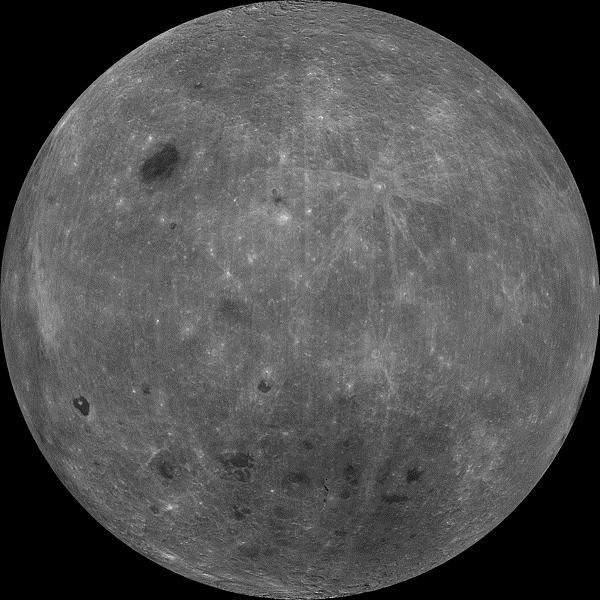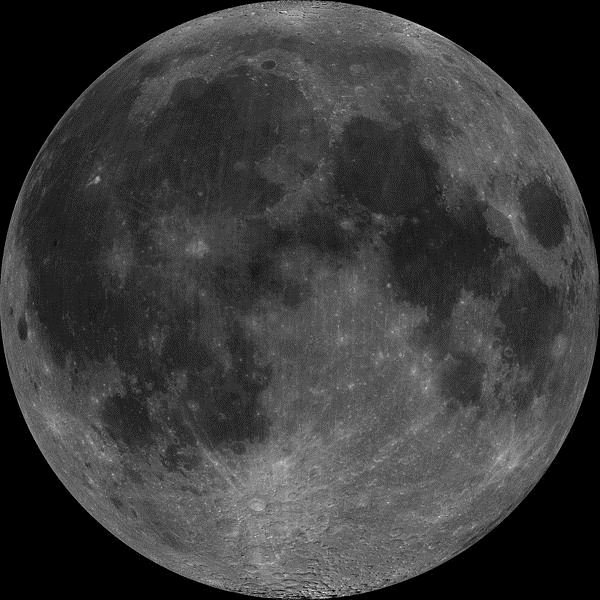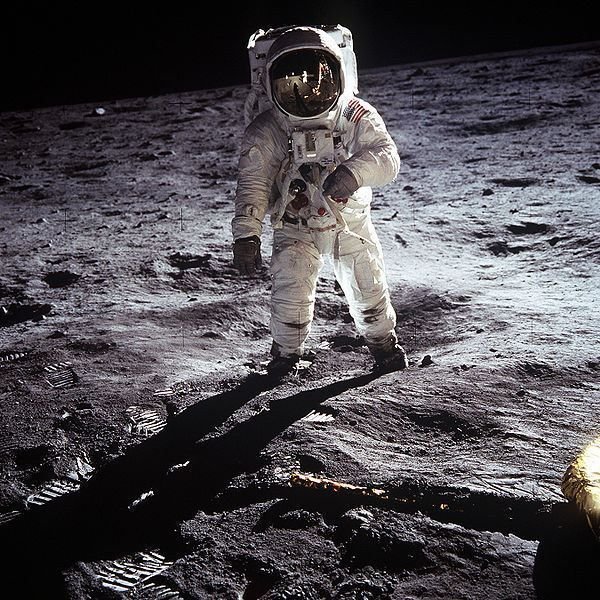Interesting and Unusual Moon Facts
The Moon: Man’s First Step in Conquering the Universe
On July 20, 1969, over 500 million people watched Neil Armstrong stepping onto the Moon’s surface. Armstrong’s eternal phrase “One small step for man, one giant leap for mankind” lingers in our minds as we look up into the night sky and catch a glimpse of the enigmatic glowing object beckoning us. Certainly, it was one of the biggest achievements of man’s efforts and ingenuity. But after centuries of detailed observations and hundreds of experiments, the closest companion of our planet remains a mystery, an object of conspiracy theories and a theme for science-fiction novels.
Earth’s natural satellite, The Moon, is one of the five largest satellites in the Solar System. After the Sun, the Moon is the brightest object in the night sky. In fact, there are many interesting and unusual moon facts including information about its origin and important orbital and physical data.
The Moon: Key Characteristics
-
Mass: 7.3477 x 1022 kilograms
-
Surface gravity: 1.622 meter per second squared
-
Average radius: 1,079.6 miles (1,737.10 kilometers)
-
Escape velocity: 2.38 kilometers per second
-
Perigee: 363,104 kilometers
-
Apogee: 405,696 kilometers
-
Orbital period: 27 days, 7 hours and 43.1 minutes
-
Average orbital speed: 1.022 kilometer per second
Amazing and Unusual Moon Facts
Moon’s Origin –
Scientists believe that the Moon was formed when a chunk of rock as big as Mars hit Earth 4.6 billion years ago. This phenomenon is known as the “Big Whack”. The impact resulted in a cloud of vaporized rock, which shot off above our planet’s surface. Later, the cloud condensed and cooled into solid bodies and thus formed the Moon.
There were other theories about the Moon’s origins. Some suggest that the earth’s gravitational attraction “captured” the Moon, while others suggested that the moon was created from leftover space dust after the formation of Earth. However, both these theories were refuted by scientists.
Is there a “Dark Side” of the Moon?
For centuries, the Moon’s “dark side” was one of the most mysterious and unusual moon facts. Most people believed that there is a

“dark side” of the Moon - which is actually its “far side” permanently turned away from the Earth. Many years ago, the Moon’s rotation was slowed down by Earth’s gravitational effects. To match its orbital period, (the time taken by the moon to move around Earth) the moon’s rotation was slowed down considerably. This made the moon spin on its axis once and go around the Earth at the same time. That’s why it shows us just one face. Some more facts about the Moon’s “dark side”:
-
The Soviet Luna 2 probe first photographed the far side of the Moon in 1959.
-
The far hemisphere of the Moon was first observed directly by the humans when Apollo 8 orbited the moon in 1968 and transmitted the images back to Earth.
Interesting Moon Facts
Only 12 People have Stepped into the Moon’s Surface:

Out of 24 astronauts, only 12 astronauts have landed and walked the surface of the Moon. The last man to walk the Moon was Eugene Cernan (Apollo 17), who was the last person to leave the Moon’s surface. Here are some more facts:
-
Youngest astronaut to land on the Moon – Charles Duke, aged 36 years, 6 months (Apollo 16, April 1972)
-
Oldest astronaut to step on the Moon’s surface – Alan Shepard aged 47 years, 2 months (Apollo 14, February 1971)
Is Moon Hollow?
Decades ago, the theory about the “Hollow Moon” was one of the most unusual moon facts. During the 1960s several scientists believed in a hollow moon based on the data that the moon’s mean density is 3.34 gm/cm3 while Earth’s is 5.5 gm/cm3. Nobel chemist Dr. Harold Urey once stated that the main reason for the moon’s reduced density is because the large areas in the Moon’s interior were “simply a cavity”. Well, Carl Sagan stated that “A natural satellite cannot be a hollow object”. So, is the Moon hollow, or rather an artificial satellite?
The theory raised several questions, giving conspiracy theorists an edge to believe that moon must be of extraterrestrial origin. However, mainstream scientific studies and observations refute the hollow moon theory because the Moon’s internal structure has a mantle, a dense core and a thin core. These facts are based on seismic observations and other studies, such as moment of inertia parameters. The fact is that the hollow moon theory is pseudoscience.
Some More Interesting and Unusual Moon Facts:
-
The Moon has always been described as something mysterious and extraterrestrial in sci-fi novels. Some of the most famous novels were the First Men in the Moon (H.G. Wells, 1901), That Hideous Strength (C.S. Lewis, 1945) and the Moon Maid (Edgar Rice Burroughs, 1922). All of them have stories revolving around a hollow moon with extraterrestrials inhabiting it’s hollow interior.
-
For centuries, ancient star gazers were intrigued by the anomalous lights on the Moon. From Aristarchus to Posidonius, all observed strange moon flashes. Over 500 flashes were observed between 1540 and 1967, according to NASA reports. While this may seem one of the most unusual Moon facts, the explanation of this phenomenon is quite simple. According to Alan Crotts, astronomy professor at the Columbia University, the main cause of the strange flashes and lights is the radon gas outbursts from the Moon’s surface. Yes, the flashes are caused because Moon emits gases.
-

For centuries, moon observers thought that the Earth’s natural satellite has plenty of water and so the smooth lava plains on the Moon were known as maria, which is a Latin word for seas. On September 25th 2009, NASA’s Moon Mineralogy Mapper on board Chandrayaan-1 detected the presence of water in the Moon’s soil and rocks.
References
Don Ecker, Long Saga of Lunar Anomalies, UFO magazine, Vol. 10 April 1995
https://www.nasa.gov/worldbook/moon_worldbook.html
https://www.columbia.edu/cu/news/07/06/lunar.html
https://www.nasa.gov/vision/universe/solarsystem/14apr_moonwater.html
Image Sources
Water Discovered - https://www.nasa.gov/topics/moonmars/features/clark3.html
The Moon - https://photojournal.jpl.nasa.gov/jpeg/PIA00302.jpg
Far Side of the Moon - https://photojournal.jpl.nasa.gov/jpeg/PIA00304.jpg
Buzz Aldrin Photographed by Neil Armstrong - https://grin.hq.nasa.gov/ABSTRACTS/GPN-2001-000013.html
